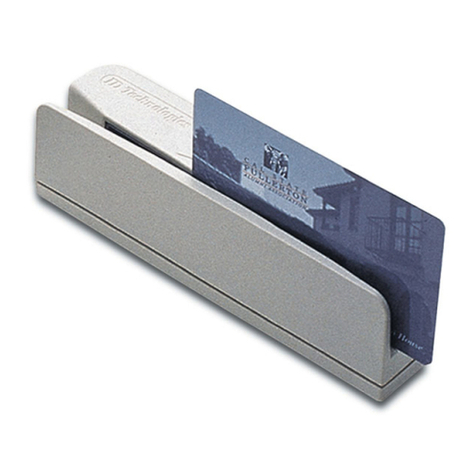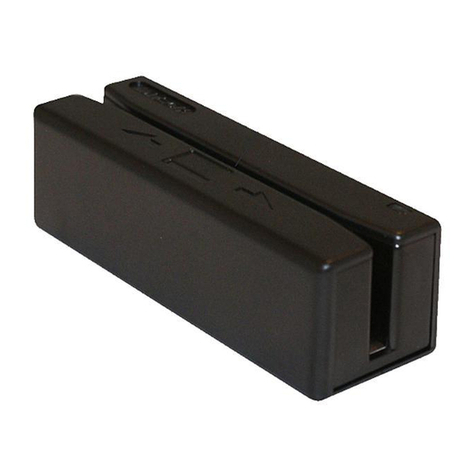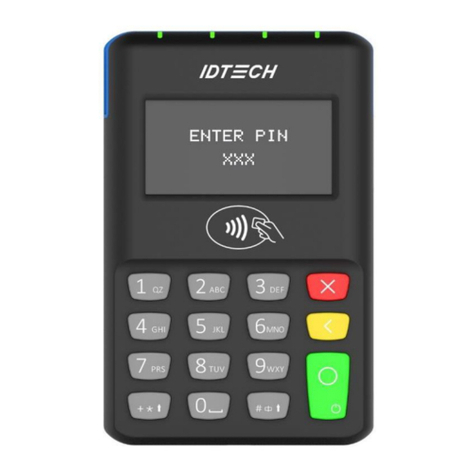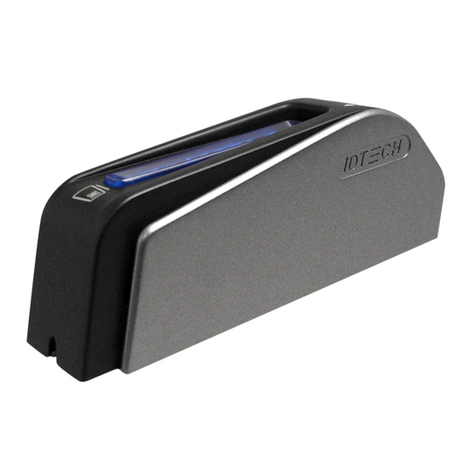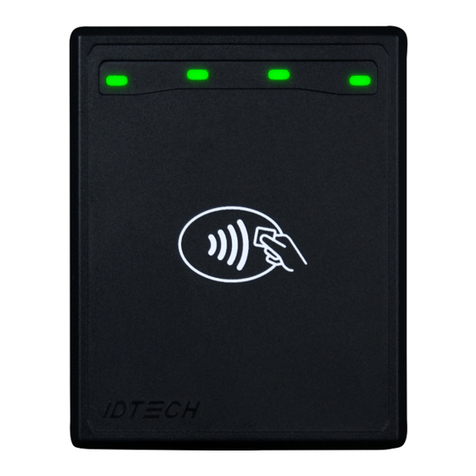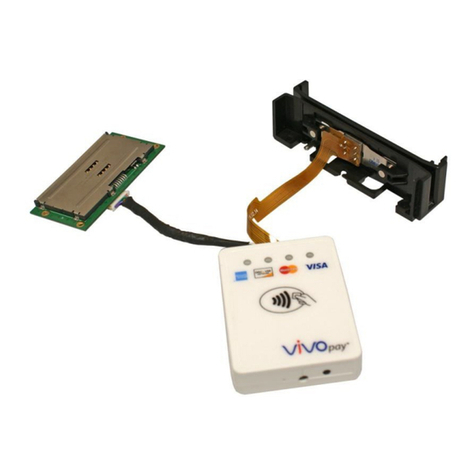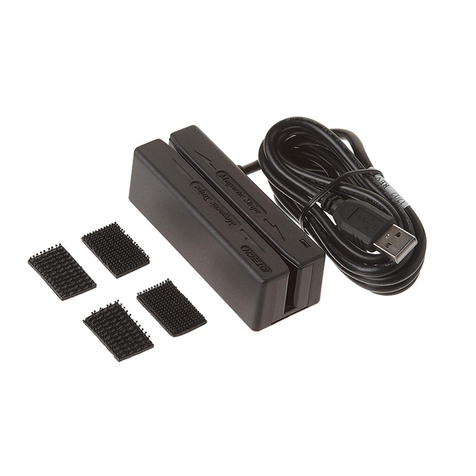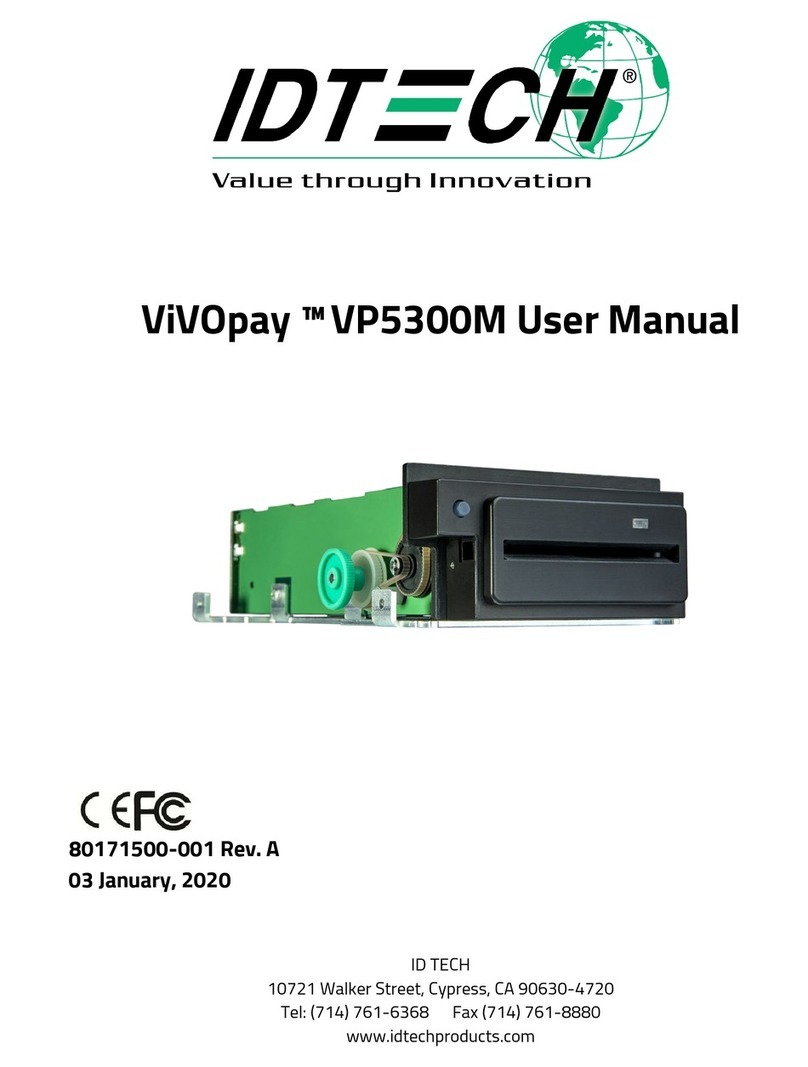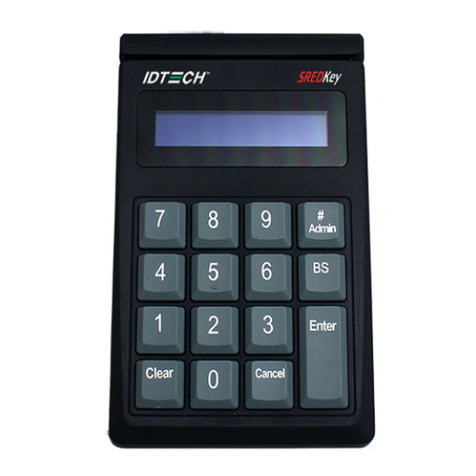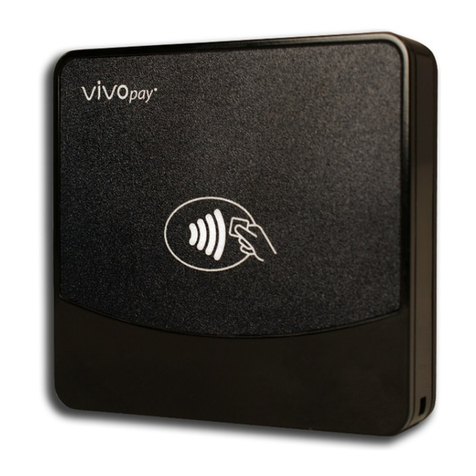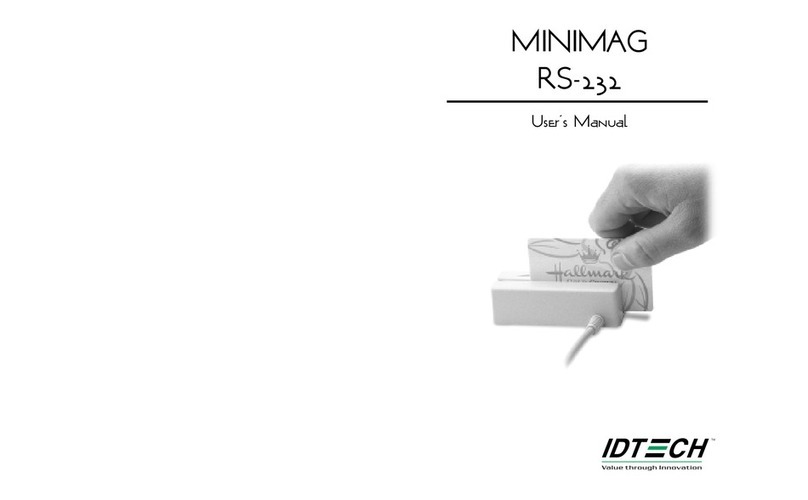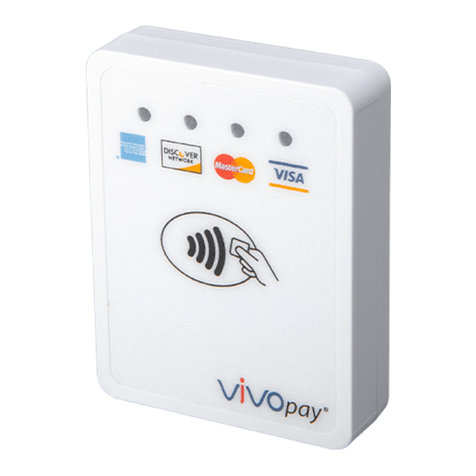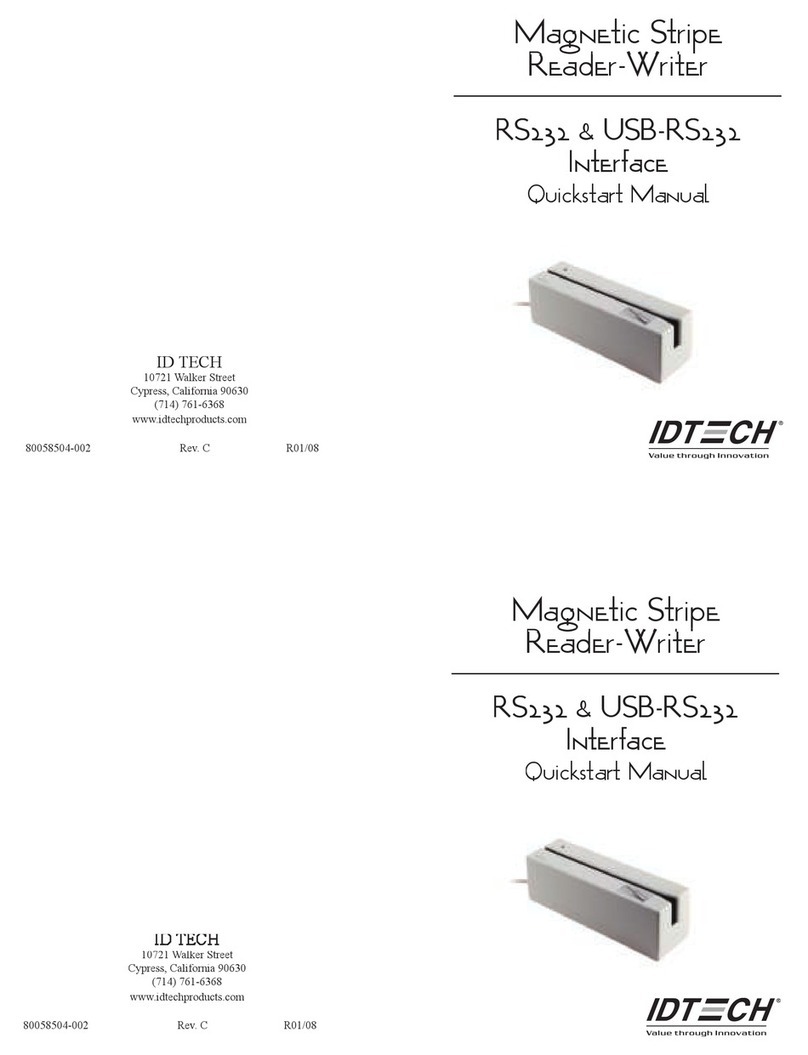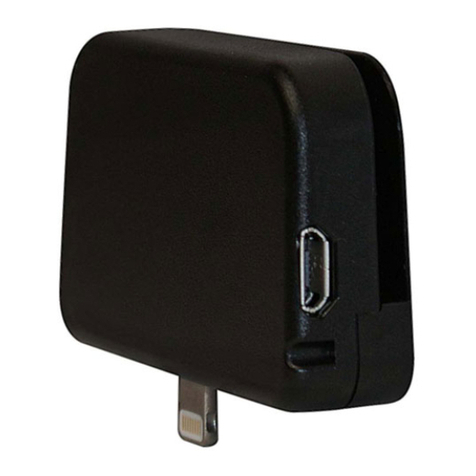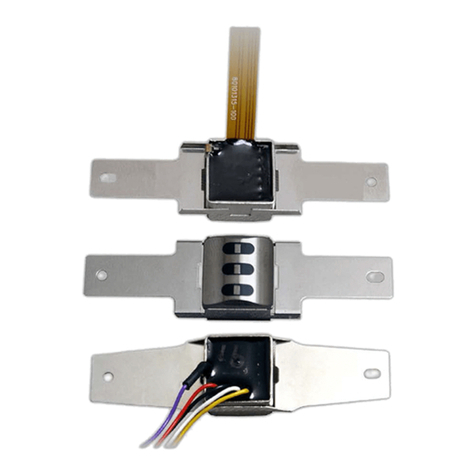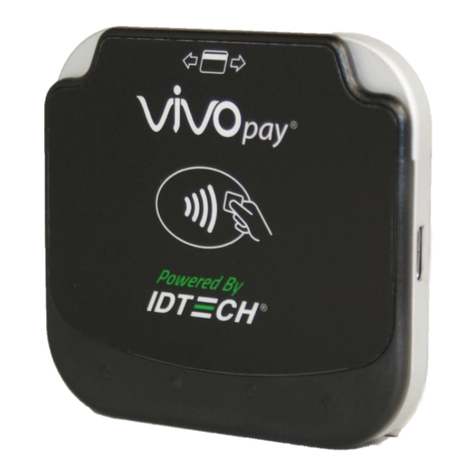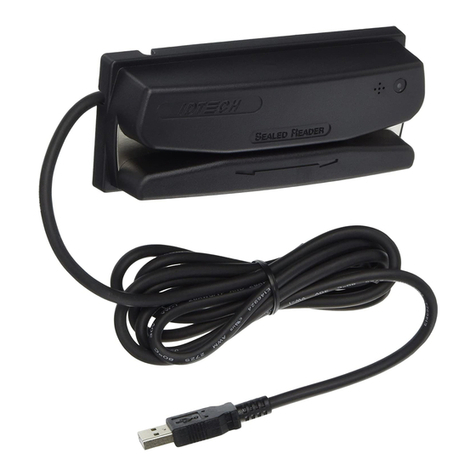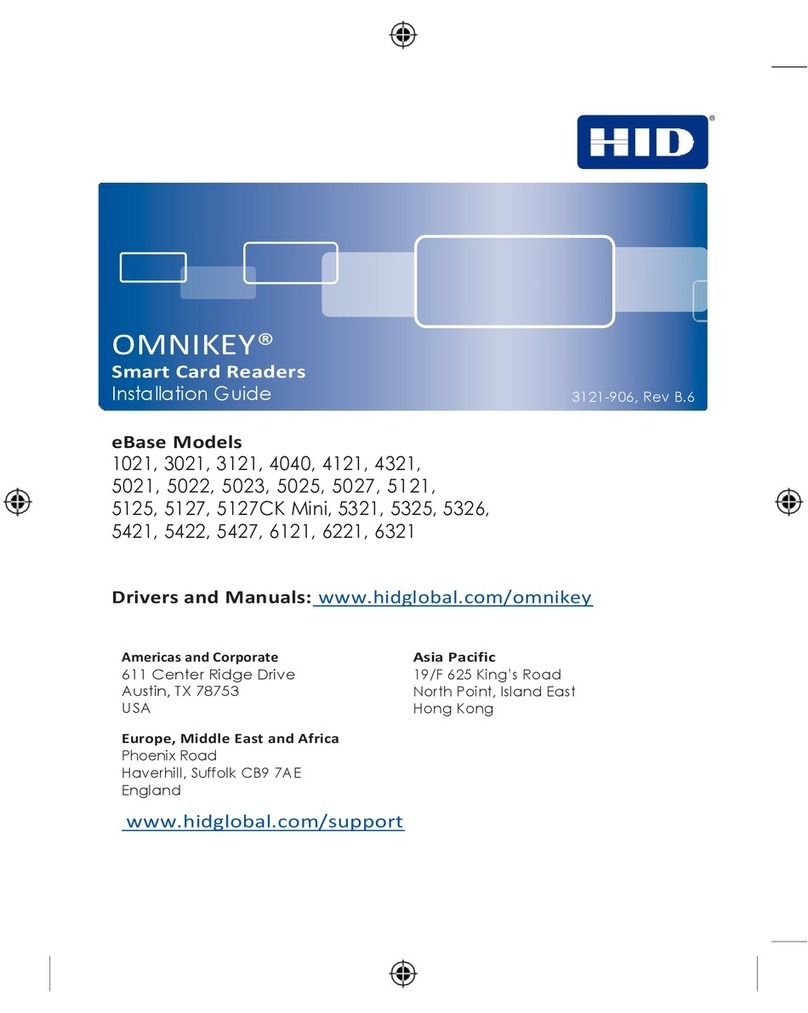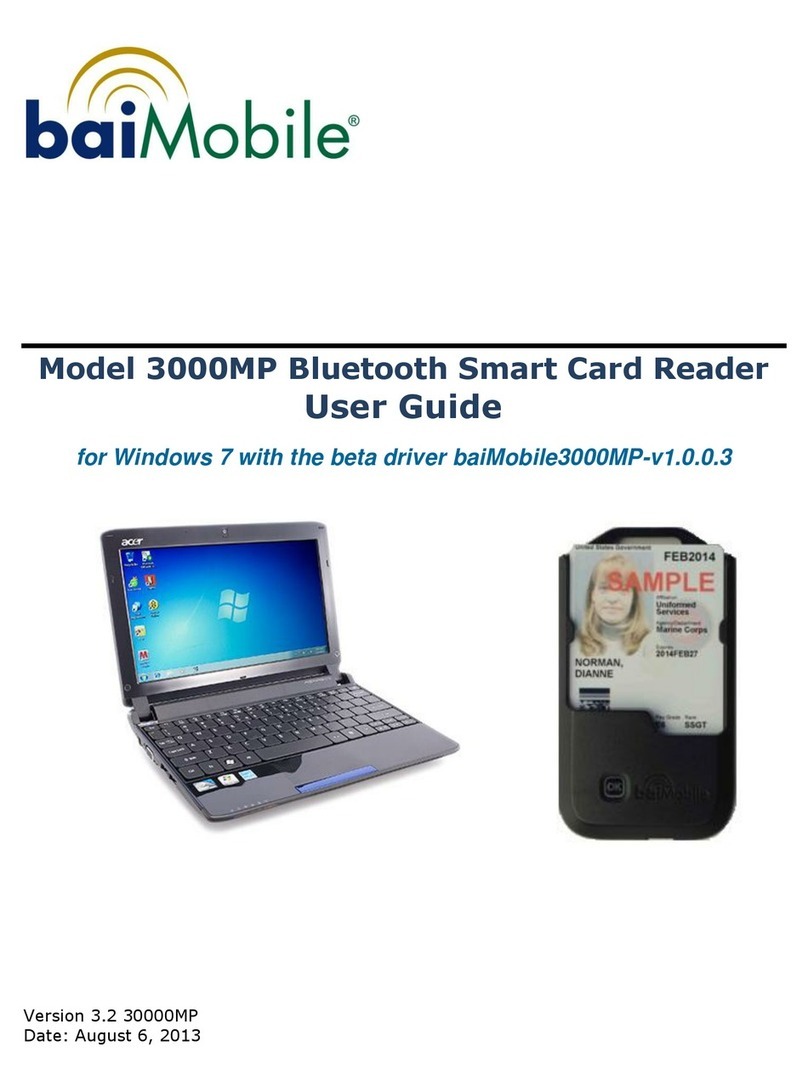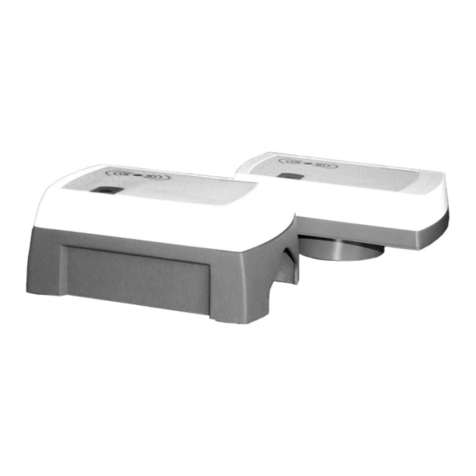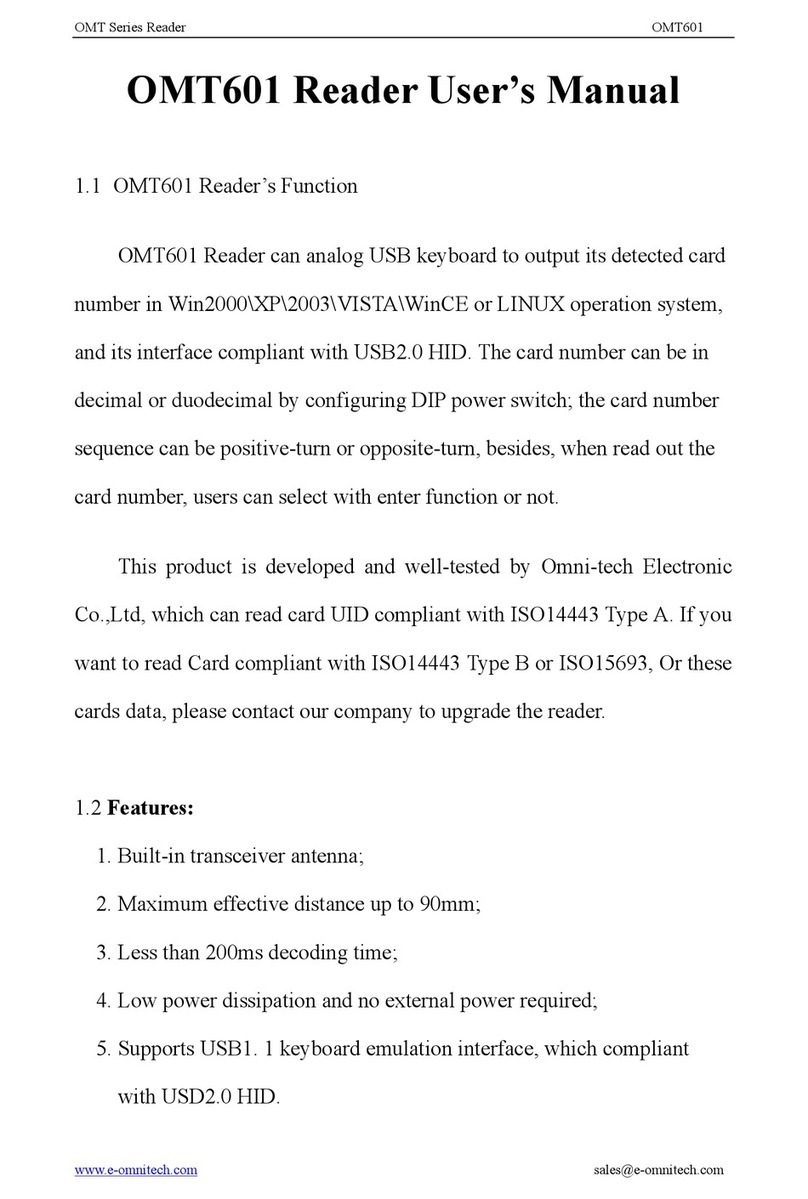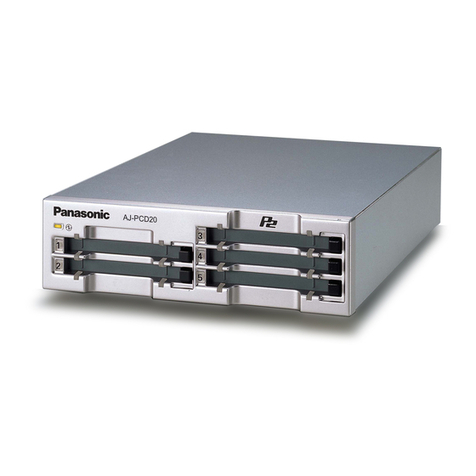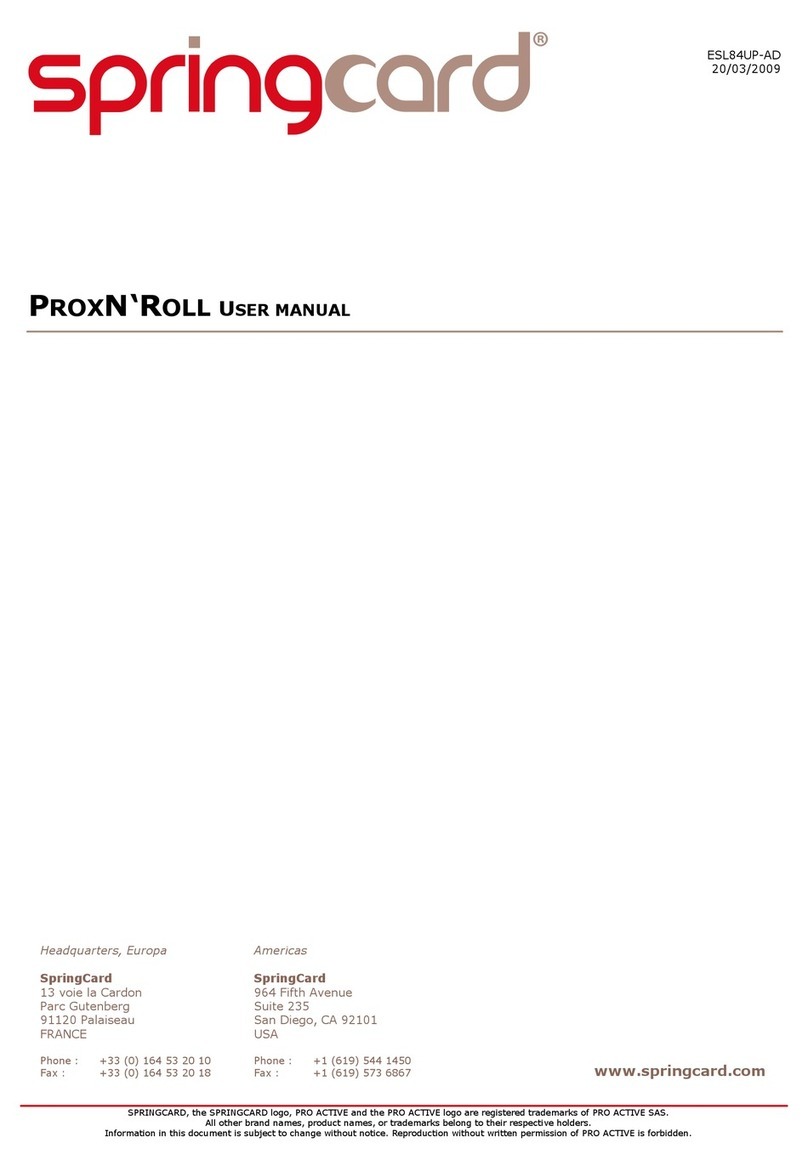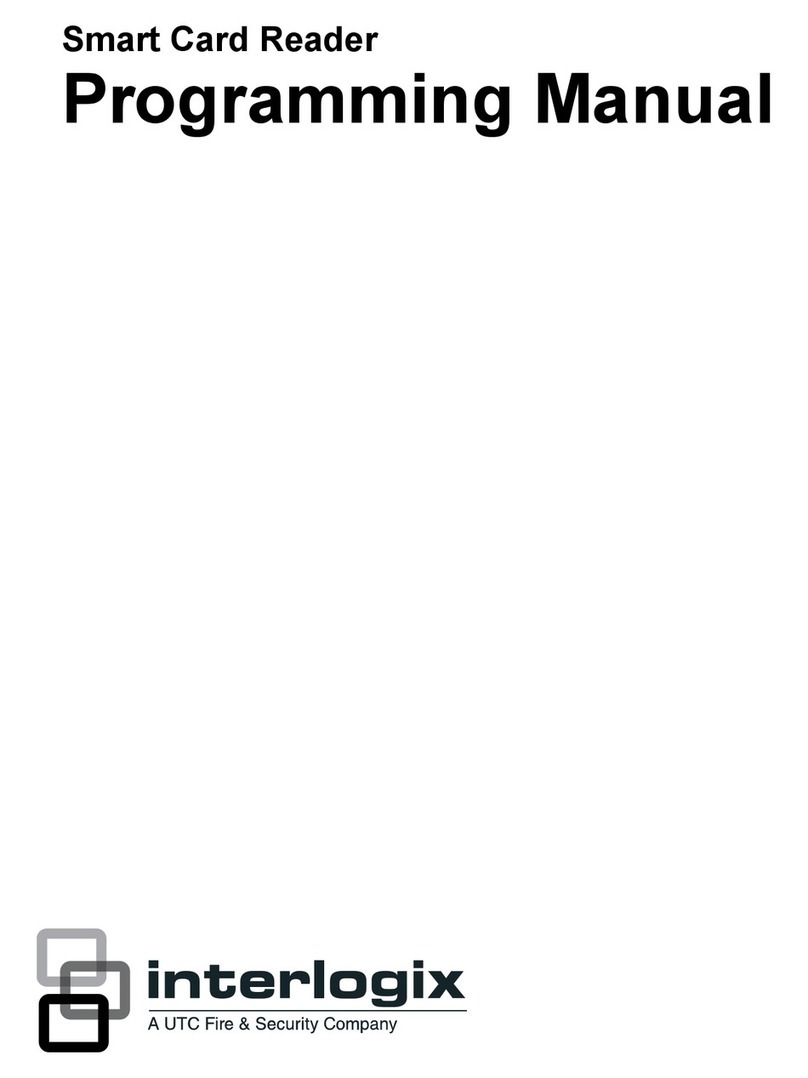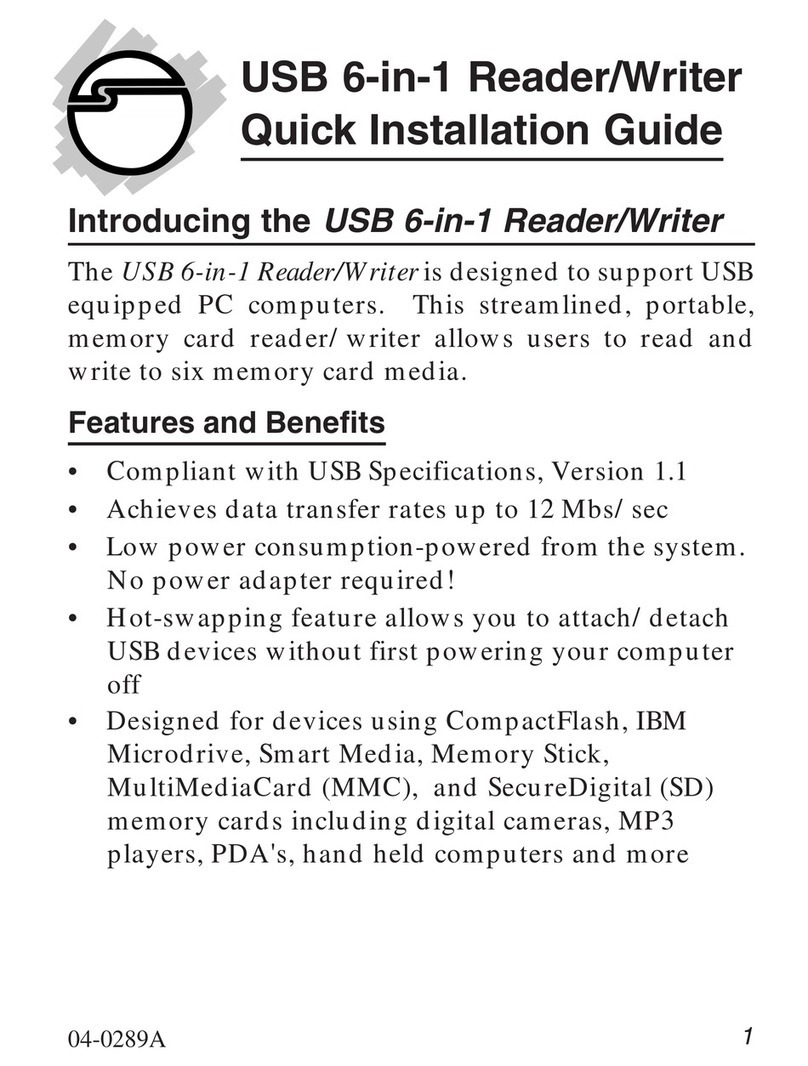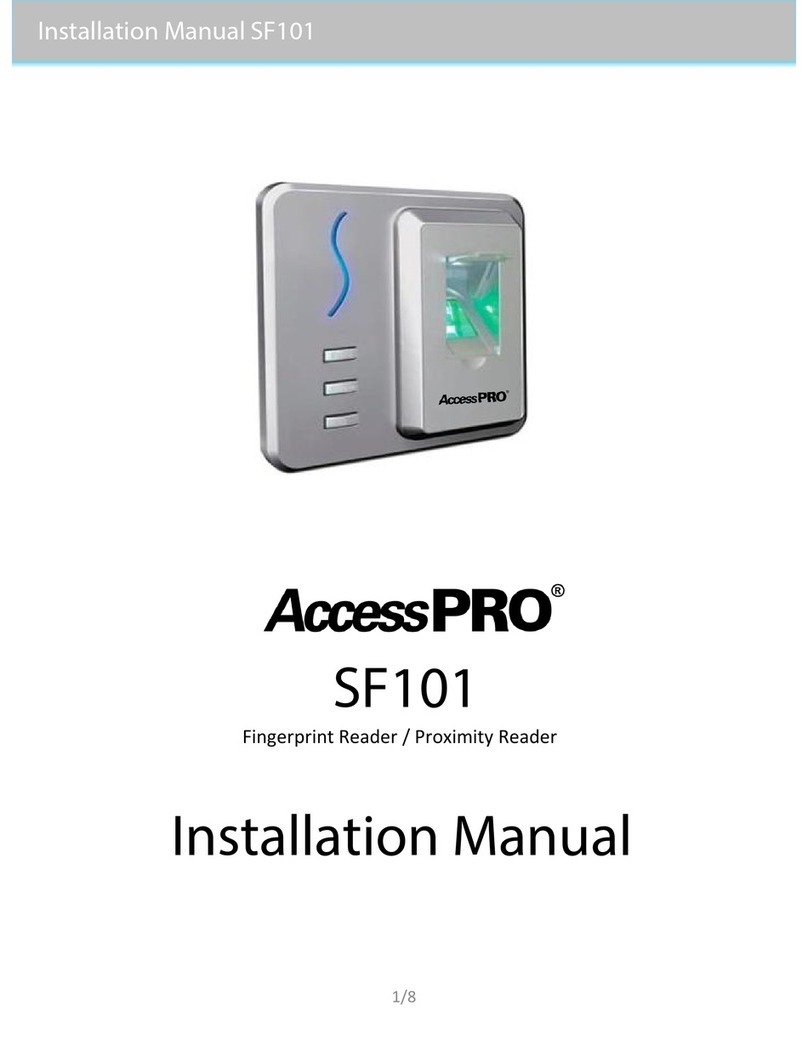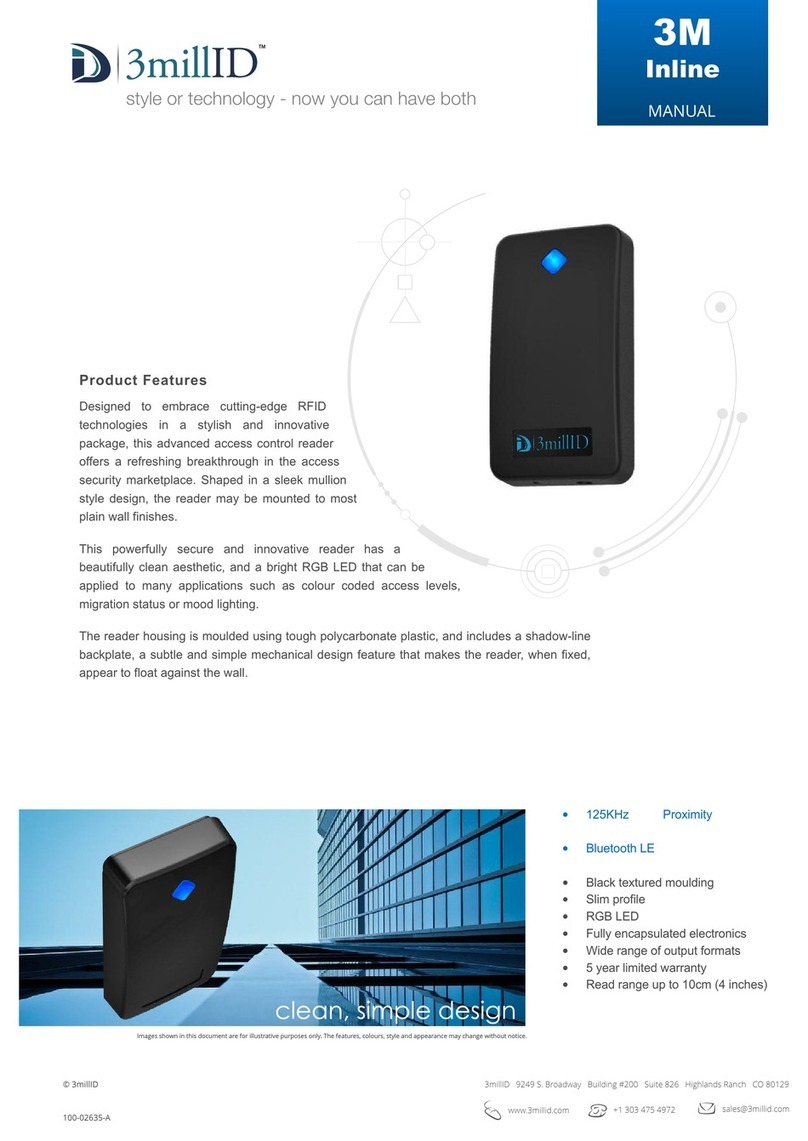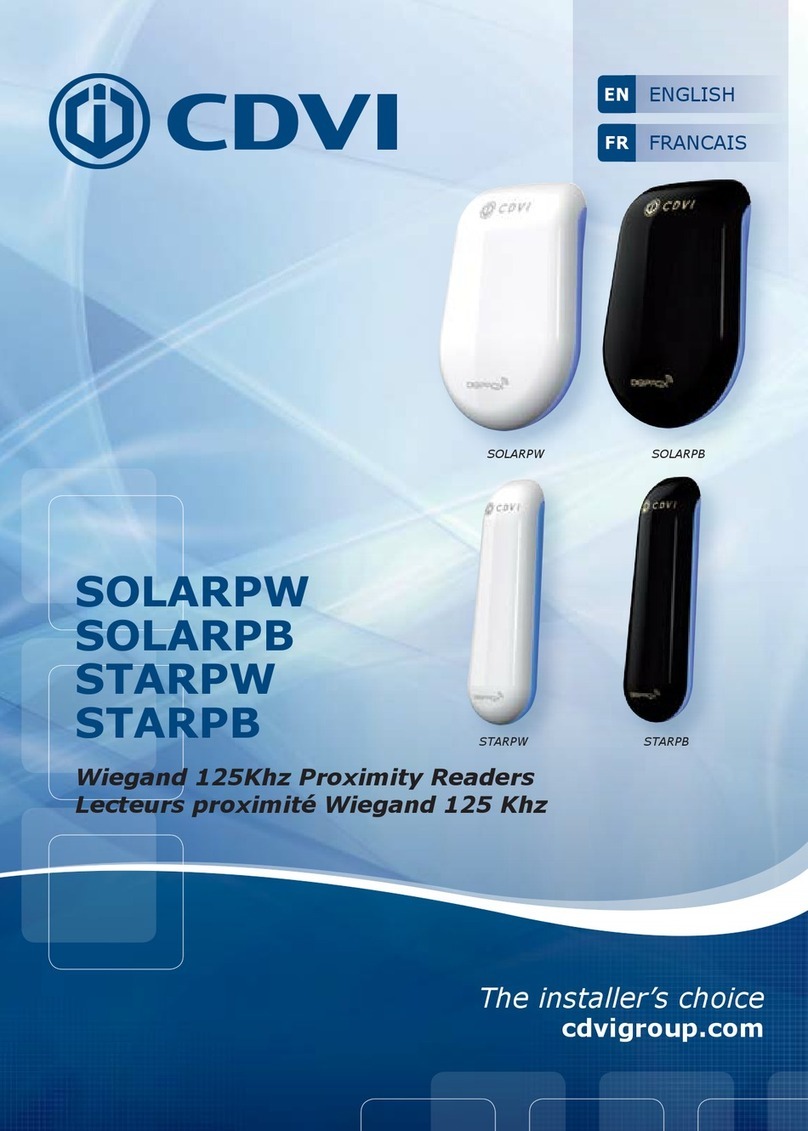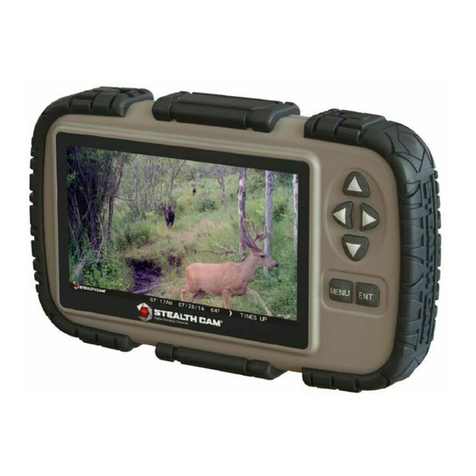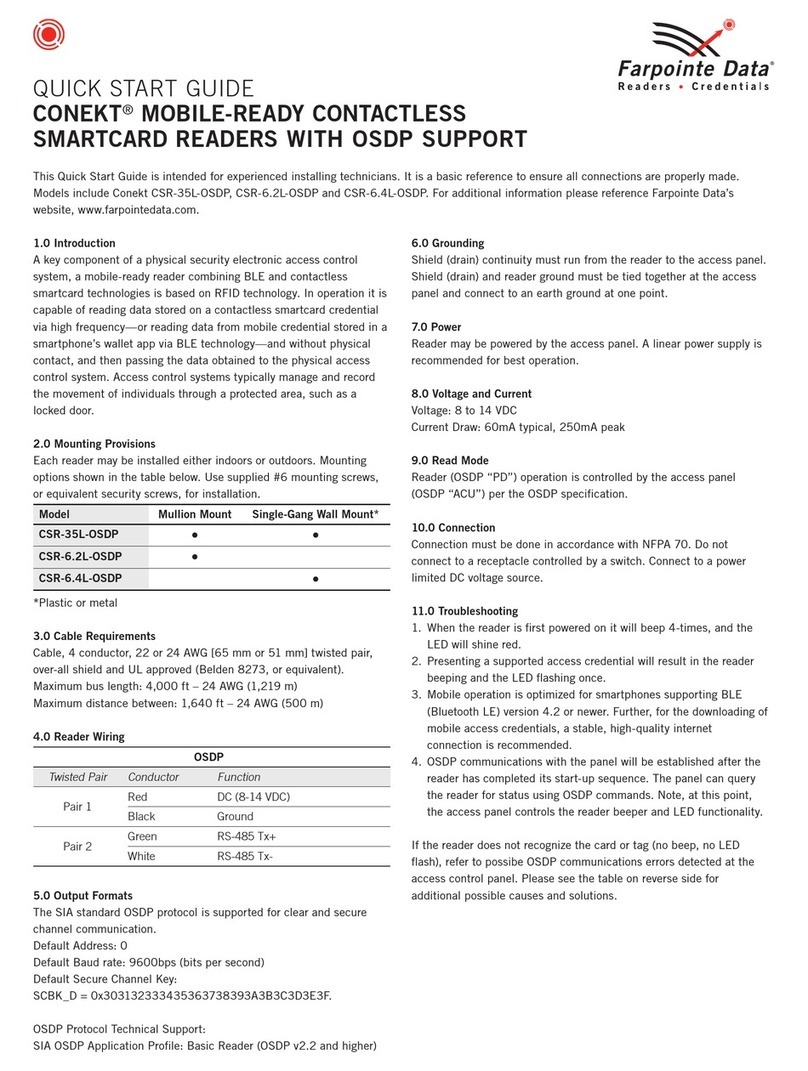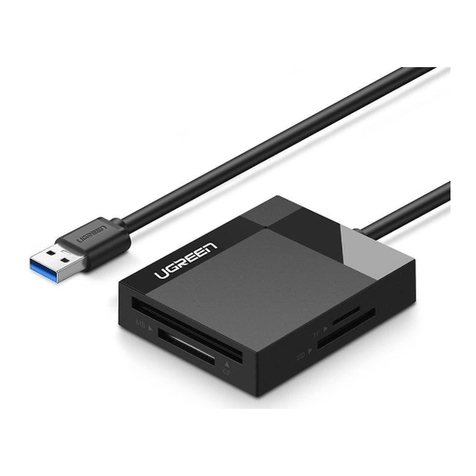
Copyrig
t©2010-2014,InternationalTechnologies&SystemsCorp.Allrig
tsreserved.
Page15of19
Test the ViVOpay Kiosk II installation using a test card to performan end-to-end
transaction (the same as an actual purchase on theKiosk). Thekiosk control panel
should display “Requesting Authorization”. Even if the transaction is declined (as it
should bewith a test card),it will proveconnectivity all the way through the system. If
possible the store manager or some other responsibleparty should test each cardto
ensurecontinued operationand functionality. If the kiosk is rebooted on a regular
basis (such as every night) it is importantto test the contactless reader as soonas
possible afterwards to ensure continuedcommunication to the kiosk.
Refer to the troubleshooting section of thismanual before contacting your distributor
with support questions.
RF Interference
Q. WhydoIneed to knowaboutRF interference?
A. Contactless payments use radio frequency technology to sendcard data to a
contactless terminal reader.
Q. HowcanRF interference affect contactless payments?
A. RF interference can cause data errors. If RF interference is present, contactless
payment devices may operation intermittently or inconsistently.
Q. Where does RF interference come from?
A. Radio frequency interference (RFI) can originate from a wide number of sources at the
point-of-sale (POS). Some examples of sources of RF energy andRF interference
include:AM/FM radioand TV transmitters
2-way radios,pagers
Mobile telephones
Power lines, transformers
Medical equipment
Microwaves
Electromechanicalswitches
Q. What should I do if I suspect RF interference exists in myenvironment?
A. Begin by inspecting your environmentfor possible sources ofRF interference.
Q. Do equipment manufacturers testtheir devices for RF interference?
A. Electronicequipment istested forRFI sensitivity by the manufacturers. Thesetests
are performed in a controlled laboratory environmentand will oftennot replicate the types
of devices that would be encountered inyour point-of- sale(POS)environment.
Q. WhatRF levelswill impactRF operations?
A. Factors that can causeRF interference vary case-by-case. There are noset rules
defining asingle RF level that will cause RFI. RFI depends on the sensitivity of the
equipment under consideration, or how low an interpreting signal can be in the presence
of the equipment and cause problems.
Equipment can be particularly sensitive to very low signal levels of one frequency and yet
be quite immune to highsignal levels of another frequency-so frequency is an important
factor.
Some electronic system components areinternally shielded and have a very high
immunity to interference; but generally, most equipment has not been so engineered.



















